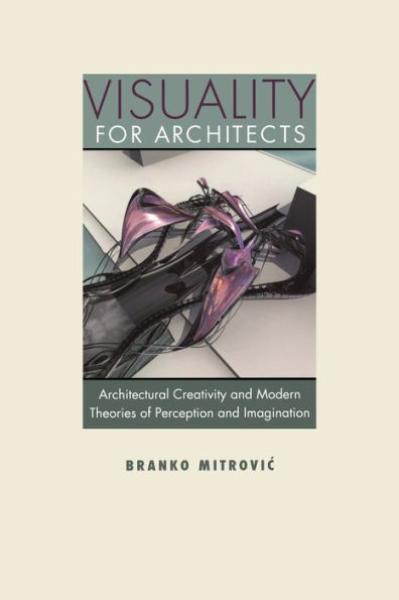Description
What is more important in architectural works--their form, shape, and color, or the meanings and symbolism that can be associated with them? Can aesthetic judgments of architecture be independent of the stories one can tell about buildings? Do non-architects perceive buildings in the same way as do architects?
For the greater part of the twentieth century it was common to respond to these and similar questions by relying on psychological theories asserting there is no innocent eye, that we think only in language, and that human visuality results from preexisting, conceptual knowledge. Dramatic breakthroughs in philosophy and psychology over the past two decades, however, have shown us that human visuality functions for the most part independently of conceptual thinking and language.
This book examines the ways in which new theories of human visuality create a different understanding of architectural design, practice, and education. This new understanding coincides with and supports formalist approaches to architecture that have become influential in recent years as a result of the digital revolution in architectural design.
There is currently a movement away from an exclusively intellectual justification for architectural form toward more sensate, emotional, and aesthetic relationships between viewers and objects viewed. And yet there have been almost no works of architecture scholarship or history that have recognized this shift. Branko Mitrovic's book will be seen not only as a scholarly reference point for this movement but as a historic record for how it developed and why it holds such an influence over the profession. A unique and important work.
--Mark Gage, Yale University, author of Aesthetic Theory: Essential Texts for Architecture and DesignVisuality for Architects is a brilliant critique of the neglect of the visual aspect of architectural understanding and practice. Branko Mitrovic's style is accessible and unpretentious, and he brings to bear an enviable knowledge of architectural theory, architectural history, philosophy (of various genres), and empirical psychology. This unusual breadth, and the passion with which the author pursues his topic, offers a very powerful argument in favor of the centrality of visuality in architecture.
--Nick Zangwill, Durham University, author of The Metaphysics of Beauty
Product Details
- University of Virginia Pr Brand
- May 22, 2013 Pub Date:
- 081393379X ISBN-10:
- 9780813933795 ISBN-13:
- 120 Pages
- 8 in * 6.43 in * 0.4 in Dimensions:
- 0 lb Weight:




